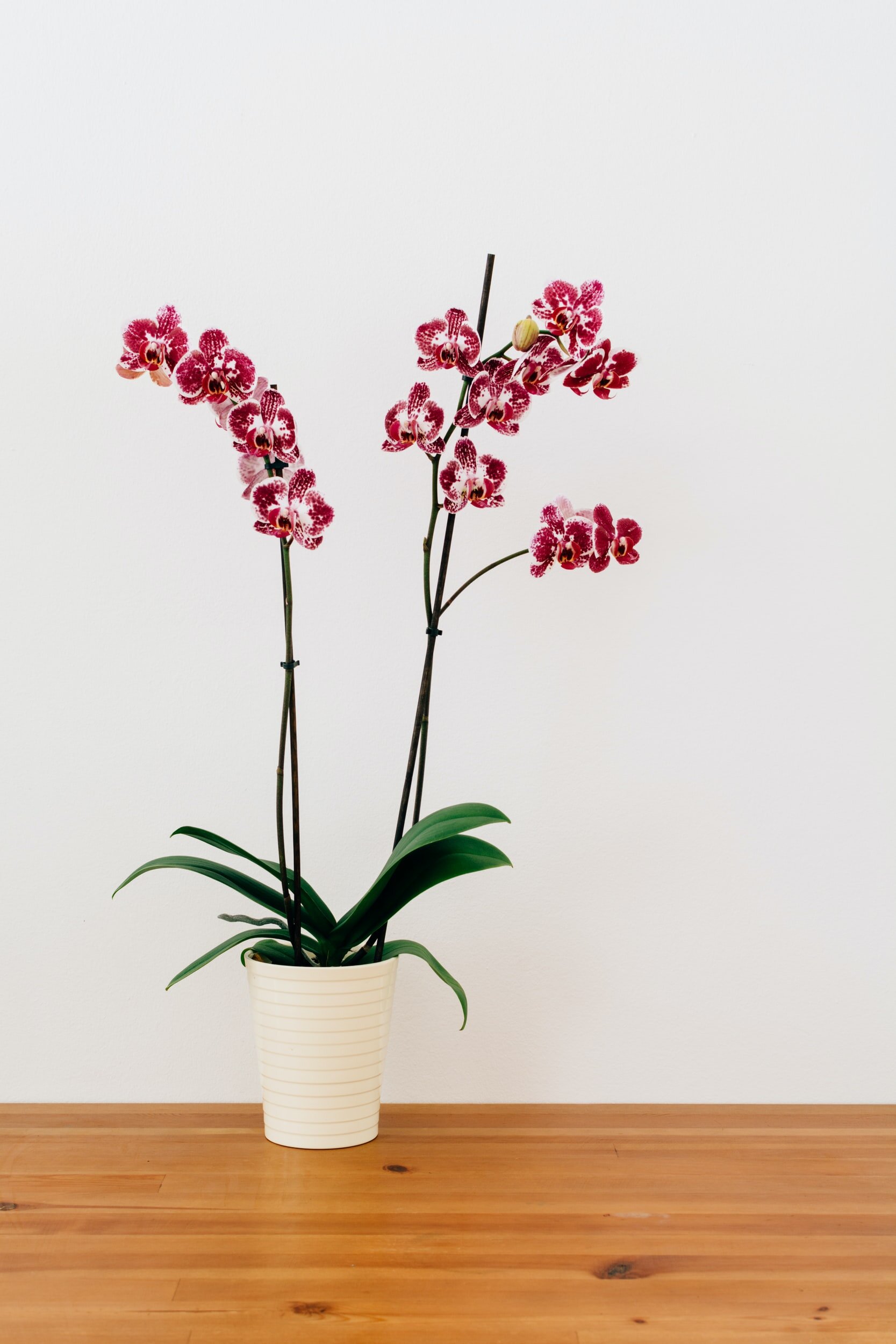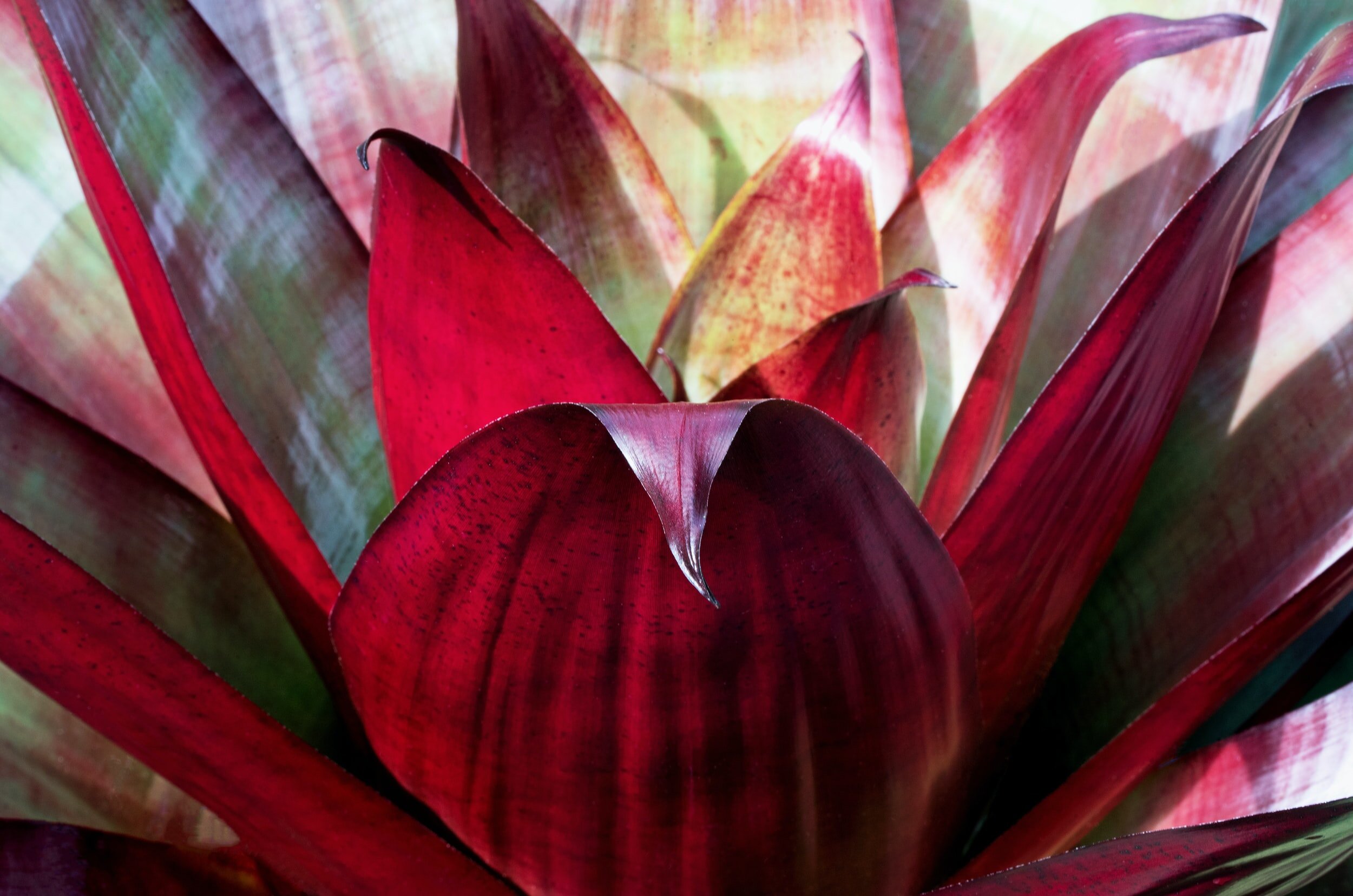Non Toxic Safe House Plants For Your Cat
Certain Plants Can Cause Illness and Even Death to Your Cat
If you’re disappointed by the long list of feline-toxic plants, this article is for you. According to the American Society For The Prevention Of Cruelty To Animals (ASPCA) website, many popular greenhouse favorites are terrible choices for a feline environment. As a house plant and gardening enthusiast, I hated parting with my favorite plants when we added cats to our family. But, with some thorough research, I rehomed my existing toxic plants and bought fresh greenery and flowers for my home.
I've researched houseplants for the last few years and have found many non-toxic plants that are beautiful and easy to grow. Don’t abandon that green thumb because you own cats! There are more toxic plants than non-toxic, but knowing the difference can save your cat's life.
House plants filter, clean, and humidify the air and provide a lovely ambiance to any decor. Once I learned which house plants wouldn't harm our cats if they ingested them, I went shopping for new life and fresh new pots, too!
Fact: Toxic plants, if ingested, can cause abnormal behavior, vomiting, diarrhea, skin irritation, and even death.
Before I continue, let me warn you about the deadliest plant to felines--the Lilly! Lillies come in many varieties, colors, and hybrids for the indoors and outside. If your cat becomes suddenly ill and you suspect they've been in contact with lilies, immediately proceed to the nearest veterinary emergency facility. If you have any questions, contact the APCC 24-hour emergency poison hotline at 1-888-426-4435.
Fact: There are over 90 different species of lilies. If in question whether a plant is indeed a Lilly, make it unavailable to the cat.
Symptoms of Lilly ingestion: Sudden onset of vomiting, signs of depression, diarrhea, dehydration, and lack of appetite (anorexia). If left untreated, death can occur within four to seven days of ingestion and sooner if the cat consumes more of the plant).
The Areca Palm, aka Golden Butterfly Palm, Cane Palm, Golden Feather Palm, Yellow Palm
My first and favorite recommendation is the "Areca Palm." According to ASPCA, many palm trees are toxic to domestic animals, but the "Areca Palm" is safe if consumed by cats and dogs.
With Areca Palms, the perks are endless. Each stem boasts dark, lush, green leaf fronds that bring a tropical look and feel to your home or patio. They are ideal for indoor growth or zones 9 to 11 outside (warm and humid areas year-round).
Areca Palms thrive in four to five hours of daily total to partial sunlight and reach maturity six to seven feet tall. They're fast-growing, and my cats are less curious about the larger floor plants than the smaller ones they can knock over for fun!
The Amazing Succulent!
Blue Echeveria
They are Maroon Chenille, Painted Lady, Copper Rose, Wax Rosette, Plush Plant, Hen, and Chicks.
Many are familiar with succulents from our grandparents' strawberry pots--the ever-so-common "hen and chicks." But did you know that hundreds of varieties in all colors and shapes encompass several plant families, including cacti and orchids?
While succulents are your safest and most varietal non-toxic plant, not all are cat-safe. Be sure the plant you buy has a tag with a name, and check the ASPCA website for cross-reference.
Succulents are some of the most beautiful, colorful, hardy, and easiest plants to grow. They require very little maintenance and can be grown both indoors and out. When we got our Savannah cats, I quickly learned that succulents are one house plant my cats rarely bother because they are prickly and dense--and they're pretty affordable, too!
I've had great success buying my plants on both Amazon and Etsy--Etsy is my favorite for finding unique species. I've bought succulent variety boxes from Amazon and prickly pear cactus paddles on Etsy.
Fact: Toxic succulents include: The popular Jade and Aloe Vera plants, the Pencil Cactus, Devil's Backbone, and Snake Plant/Mother-in-Law's Tongue.
The Reliable African Violet
African violets are perennial and come in (10) pink, purple, and white varieties. While not a true "violet," they get their common name, "African violet," from their superficial resemblance to true violets. Colorful violets can liven up your décor, especially as the colder weather approaches. Violets can also be moved outdoors in certain climates.
My violet varieties live together in a heavy planter box on my window sill in the cold months. I can then quickly relocate it to the patio from late spring to mid-fall, where they can regenerate and get a break from the occasional cat snack!
Common Toxic Plants to Avoid With Cats and Viable Substitutions
Potted plants are popular for gifts and holiday decorations, and cats can’t avoid the temptation to investigate anything new.
Common toxic potted plants to avoid include Holly, Azalea, Yew, Boxwood Amaryllis, Peace lily, Mistletoe, Chrysanthemum, Gardenia, and Poinsettia, the most popular holiday plant.
Fortunately, several festive, colorful substitutions aren’t poisonous. Some good choices are Christmas and other cacti varieties, African violets, orchids, Bromeliads, Roses, the Boston fern, Peperomia, Prayer plant, Spider plant, Swedish ivy, and the Polka dot plant.
BEFORE YOU GO, WE NEED YOUR HELP TO MOVE UP THE RANKS ON GOOGLE!
Help SAVANNAHGANS® Grow and Reach Every Savannah Cat-Owning Household! All support is humbly appreciated (visit the clickable underlined links).
Subscribe (free) (by visiting the banner on our home page) and receive each quarterly issue to your inbox.
Share this article on your own social media platforms.
Leave a Comment. (this is VERY helpful to our growth and Google recognition)
Follow on Instagram.
Follow on Twitter.
Follow on Pinterest.
Follow on Youtube.












